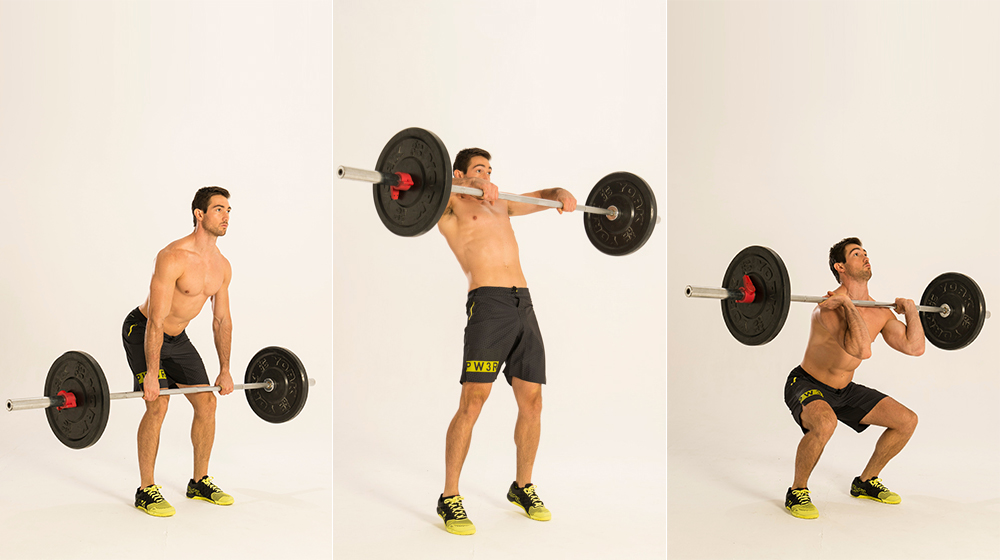In recent years many athletes have cited the Graston Technique as benefiting their performance. In the August 2012 issue of Details magazine, Michael Phelps claimed he used the Graston technique on the muscles of his shoulders before swim meets.
First of All, What is Graston Technique?
The Graston Technique is an advanced form of soft tissue mobilization that is primarily used to detect and release scar tissue, adhesions and facial restrictions through Instrument -assisted soft tissue mobilization. (Graston Technique, Instruction Manual)
Benefits of The Graston Technique:
- Quicker, improved outcomes.
- Focus on patient participation allows the patient to feel more control in managing their diagnosis and rehab process.
- Focus on education enhances patient independence by learning more about their diagnosis and rehab process
- Decrease in pain, increased mobility and improved quality of life.
The Graston Technique is recommended for patients who will benefit from soft tissue mobilization combined with targeted stretching and strengthening exercise. It has been beneficial in:
- Pre-competition warm up
- Post-competition recovery
- Petrissage/Edema reduction

Diagnoses that respond to The Graston Technique include:
- Medial/Lateral Epicondylitis
- Carpel Tunnel Syndrome
- Neck and Back Pain
- Plantar Fasciitis
- Rotator cuff Tendonitis
- Patellar Tendonitis
- Heel Pain
- De Quervain’s
- Post Surgical and Traumatic Scar reduction
- Myofacial Pain and restrictions
- Chronic and Acute sprains/strains
- Bursitis
- IT band Syndrome
- Achilles Tendonitis
- Reduced ROM due to scar tissue

Instruments used in The Graston Technique work well in the release of soft tissue contractures associated with pain, inflammation and reduction of range of motion.
Some discomfort may be associated with the specific treatment and experienced by the patient. However, the therapist will discuss and explain post treatment instructions to assist each patient.
If you have an injury or would like more information on The Graston Technique and how it may benefit your care, book an appointment with our physiotherapy staff or chiropractor and mention your interest in The Graston Technique during your call.
Reference:
Carey-Loghmani, T., Schrader, J. and Hammer, W. (2010). Graston Technique M1 Instruction Manual. 3rd ed.






